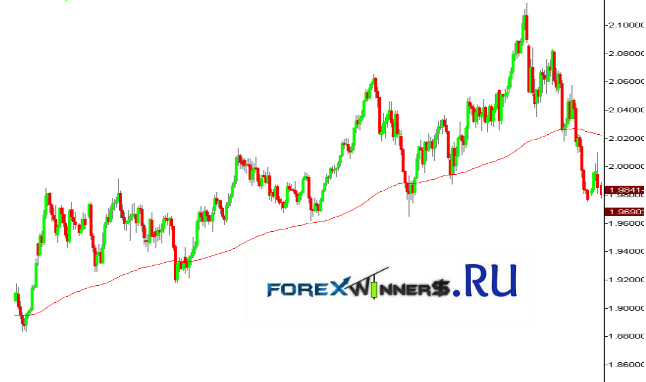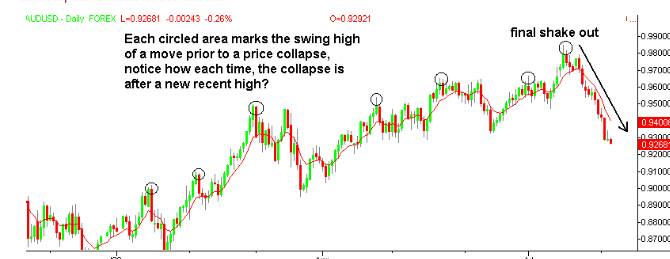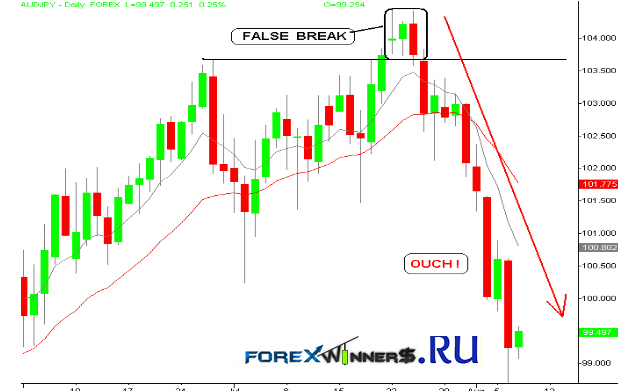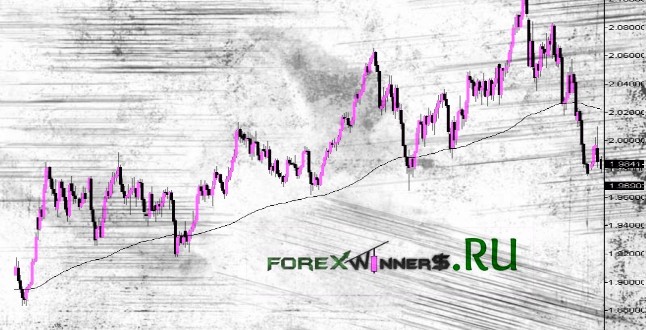Mean reversion introduction :
Mean reversion is the heart of all market movement. Prices are either traveling away from the mean, or snapping back toward the mean. We have low trending volatility and high trending volatility.
High trending volatility will see a market move substantially in one direction before a retracement occurs. Low trending volatility will see a minor fluctuation around the mean. (choppy trend movement or minor slope).
It is a well known fact that all trends, will retrace at some future point, even if it takes days, weeks or years, the mean (moving average) will be tested. If we apply this logic to short timeframes, we can make money.
In summary, prices are always moving back to a central point from an outer extreme and prices are always moving away from central point to an outer extreme. This is the basic understanding of all quantitative models in finance. (see image)
Some points you need to know:
The mean acts as a dynamic trend line (value points).
Broader term price trends move in line with the longer term moving average direction. This is why counter trends fail so often . We must try to avoid trading counter trend reactions.
Put simpler, we aim to sell strength in falling markets, and buy weakness in rising markets.
OR Trade only from Price Extremes (support or resistance), where we expect prices to headback towards the Mean.
Mean reversion illustration :

Markets have to move down to move up and move up to move down.
Price rotation, trading ranges, and trends, all carry the one simple law.
– I.e.: Prices have to move up to move down, and down to move up.
Knowing this, we can now understand why prices rotate the way they do. As well as why so many break outs are “faded” or used as opportunity to take a trade in the opposite direction.
How often do you see a textbook break out pattern fail? How often do you see a forex pair make a new recent high or low and then snap back in the opposite direction?
This is the forex market . . The trading game is designed to trap you, to trick you, and to test your nerve. If trading was easy, we would all be rich, this is why the simple textbook strategies don’t work, and the simple minded traders who can’t adapt to new ideas fail over and over.

Forex markets tend to be contrarian , thus why false breaks create opportunity over and over. As I said , markets have to do this to move.

Trend summary :
We will never know when a new trend starts or finishes, we wait for its origination and then trade within it.
The first and second retracement are always important after a new trend.
On an hourly chart, the best short term value areas are the 150 EMA and 365EMA. When the slope of the 150 EMA
is in clearly in one direction and not flat, the trend has a good chance of being respected and this level will often be resistance.
Diverging moving averages signal a trend as well as momentum bias. Key moving averages often align with retracement levels and horizontal support or resistance. When combined, they are powerful, We call this confluence of dynamic resistance.
Trend setups are prone to “whipsaws”, meaning not all will result in profit. Some setups will simply die quickly as the market moves straight through the moving averages. You will never know when and where this happens, it just does!
If following a trend, we can avoid being caught on bad trades by looking around the charts and confirming direction with other influences. Back up your views with Swing points, Trend line breaks, support or resistance breaks, price action signals, etc etc.
The market makes highs and lows , forming swing points. These are short term reference levels and don’t need to be confirmed. E.g., if the market moves down and bounces at point x, that will leave a support swing point. If the market then moves back down and fails point x, point x will become a resistance swing point Overall, the trend is your friend. When combined with price action, and being counter intuitive, the greatest position traders of all time, use counter trend moves to enter the market in the direction of the broader swing.
Retracements E.g.: 55% and 61.5% retracement are often good to trade short term trend swings.
We do however note that retracement trading is another art form in itself, that’s not something I want to Include in this course in detail.
 Forex Winners | Free Download Downlod free trading sysrems , indicators and forex E-books
Forex Winners | Free Download Downlod free trading sysrems , indicators and forex E-books

